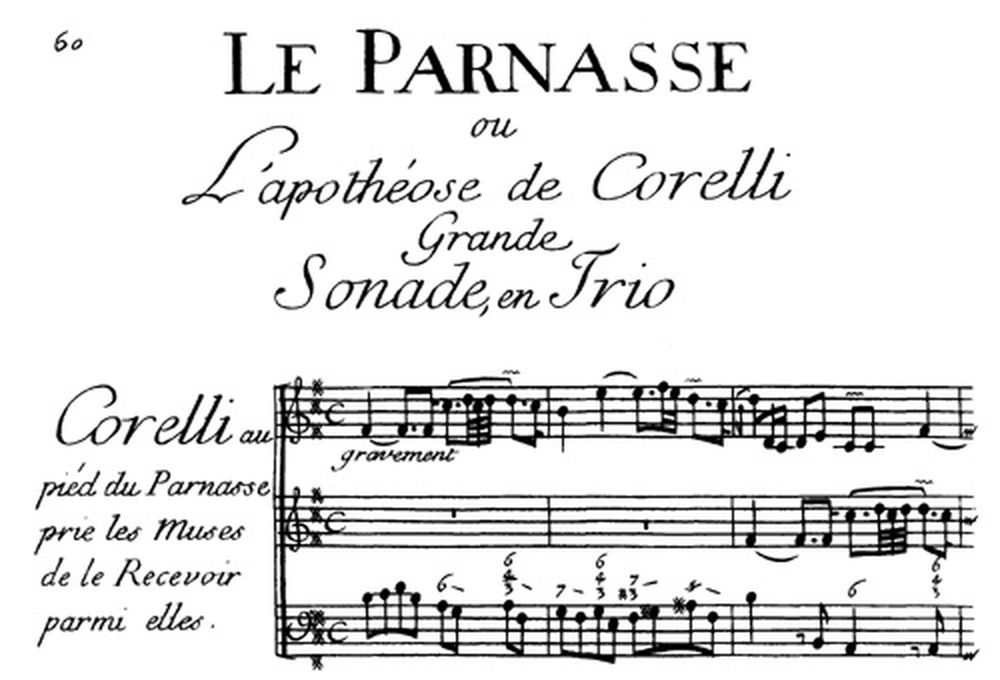| Reunion des Goûts Reunion des Goûts refers to the phenomenon that different music styles come together: "La réunion des Goûts François et Italien doit faire la perfection de la Musique." These words of François Couperin in 1725 show in a concise manner the central idea in the work of the French composers at the start of the 18th century. This 'Goûts réunis' is also particularly noticeable in the work of Jacques-Martin Hotteterre, the leading French flute virtuoso, composer and teacher at that time. Unlike many of his collegues, Hotteterre studied around 1700 a number of years in Rome, hence his nickname 'le Romain'. The musical examples in his "Lart de préluder (1719)", clearly show that Hotteterre admired Italian composers and musicians: Arcangelo Corelli, the undisputed leader of the Roman musical life around 1700 and Michele Mascitti, a Neapolitan violinist who shortly after 1700 lived and worked in Paris. Francois Couperin was the first composer in France, who introduced the Italian trio sonata (inspired by Corelli) for two violins and basso continuo. Although some of these works were composed probably in the nineties of the 17th century, they were published not earlier then after the first quarter of the next century. A publication of 1726 entitled "Les nations", contains four "ordres", each consisting of a Sonata da Chiesa, followed by a number of dance forms. In some works Couperin, who admired both Lully and Corelli, made a synthesis of Italian and French style. An example is his second book "concerts" for harpsichord and various combinations of instruments, was published in 1724 under the title 'les gout-réunis'. In the work of non-French composers such as Händel, who studied also in Rome, we see that not only the Italian and French style come together but we see also German and English influences! 
|